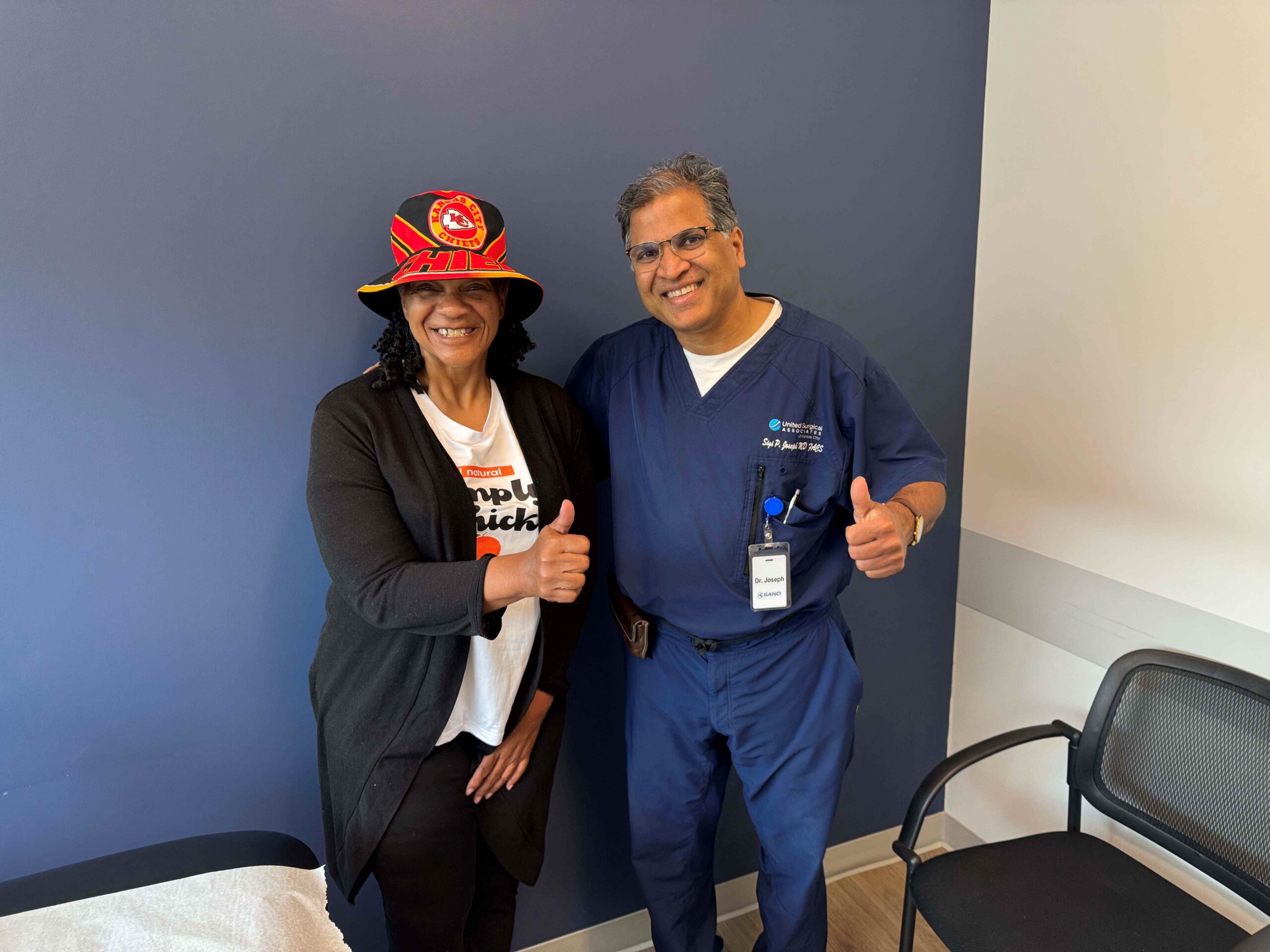ABOUT TOTAL KNEE REPLACEMENT
Total knee replacement (TKR) stands as a cornerstone in modern medicine, renowned for its remarkable success in restoring mobility and enhancing quality of life. It’s hailed as one of the most triumphant surgeries, empowering individuals to reclaim an active lifestyle. Notably, TKR is pivotal in sustaining workplace productivity, particularly in an aging society like the United States.
At its core, TKR entails resurfacing the ends of the thigh and shin bones, while preserving crucial ligaments such as the posterior cruciate, medial, and lateral collateral ligaments. Although the anterior cruciate ligament may be removed, advancements in knee replacements ensure optimal function even without it.
WHAT IS ARTHRITIS?
Arthritis is a general term for inflammation within a joint or area where two bones come together. Types of arthritis can include those related to wear and tear of cartilage, known as osteoarthritis, to those associated with an autoimmune disease, such as rheumatoid or psoriatic arthritis.
Although any joint can be compromised, the hip, knee, and shoulder are often more commonly affected by arthritis.
It is not always certain why arthritis develops. Most physicians believe it is a combination of factors, such as muscle weakness, obesity, heredity, joint injury or stress, constant exposure to the cold, and aging.


PREPARING FOR SURGERY
- Make a list of all current medications with correct dosages as well as time taken. You need to have this available for your preoperative appointment.
- Be sure to obtain primary care physician clearance for surgery as well as all ordered preoperative laboratory studies as instructed by your surgeon.
- If recommended, schedule prehab with physical therapy. This should be completed prior to proceeding with surgery.
- We strongly encourage attending the pre-op Joint Class.
CONTROLLING PAIN AFTER JOINT REPLACEMENT
Our goal at Sano is to help you control your pain and reduce it over time, but you can expect some pain immediately and in the weeks following surgery.
There are various ways to help reduce pain after surgery that is simple to do and don’t involve the use of narcotics.
- Physical Therapy
- Ice
- Heat
- Adjusting your sleeping position
- Resting – do not overdo it or return to certain activities too soon
- Medications






















